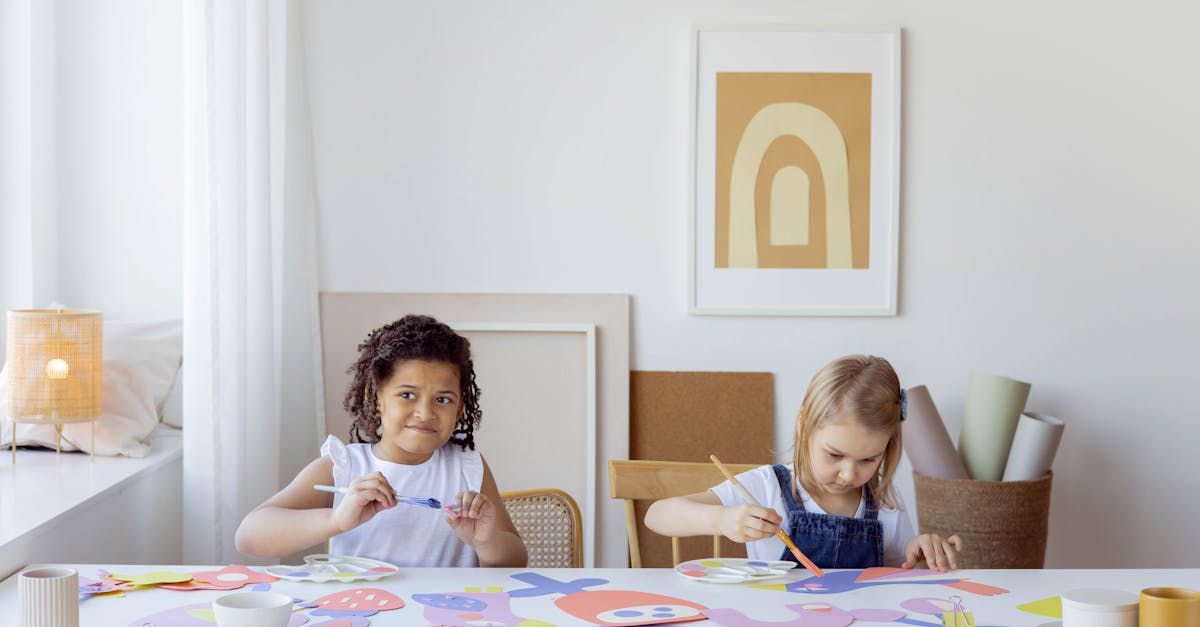Why Positive Discipline?
Positive discipline helps toddlers learn self-control without fear. Unlike punishment, it builds trust and respect. It’s about teaching, not punishing.
Imagine you’re on a hike. Would you prefer guidance or scolding? With positive discipline, we guide our little adventurers. Kids need to know what’s expected of them, just as we need GPS on a road trip!
This method encourages curiosity and self-control. It’s about raising confident, resilient human beings, not robots.
Understanding Toddler Emotions
Toddlers are tiny emotional volcanoes. One minute they’re giggling, the next, they’re melting down over a missing Lego piece. It’s normal! They haven’t yet learned to manage their feelings. As parents, we can help by acknowledging these big emotions. Say things like, I see you’re upset because… This shows empathy and teaches toddlers to identify their feelings. It’s okay for toddlers to feel anger or frustration. By understanding their emotions, we can help them navigate these feelings effectively.

The Magic of Consistency
Consistency is like the Wi-Fi signal for positive discipline – essential! Consistent rules and routines give toddlers a sense of security. Imagine the confusion of inconsistent rules – it’s like trying to solve a puzzle with missing pieces.
Stick to simple rules and follow through every time. If bedtime is at 8 PM today, it should be the same tomorrow. Consistency helps toddlers feel safe and understand boundaries. This fosters better behavior without resorting to punishment.

Using Positive Time-Outs
Time-outs aren’t always bad. Turn them into ‘positive time-outs’. Create a cozy corner with books and toys where toddlers can relax. It’s not a punishment but a chance to cool down. Think of it as a mini spa break for kids! During a meltdown, gently guide them to this corner. Explain that it’s a ‘break time’ to regain control. This method teaches them to self-soothe and manage emotions without feeling isolated or punished. Plus, who doesn’t love a comfy nook?

Using Positive Time-Outs is a method that focuses on creating a positive environment for children to manage their emotions effectively and learn self-soothing techniques. It is essential to provide children with a safe and comfortable space where they can relax and regain control without feeling isolated or punished.
Encouraging Communication
Toddlers might not have the words to express their feelings. As parents, we can help them by verbalizing their emotions. Say, ‘I can see you’re angry because you can’t have that toy.’ This gives them a language framework to express themselves. Ask open-ended questions like, ‘How are you feeling?’ Encourage them to use words instead of gestures or tantrums. This reinforces that communication is key to resolving conflicts. With practice, they’ll become mini emotional ninjas.

Celebrating Small Wins
Success breeds success. Celebrate your toddler’s small wins. Did they say ‘please’? High five! Did they share a toy? Praise them! Positive reinforcement boosts their confidence and encourages good behavior. It’s like a motivational speech for toddlers. Use stickers, a fun dance, or even a silly song. Celebrations don’t have to be grand; it’s the acknowledgment that counts. This makes discipline a positive experience, and toddlers are more likely to repeat good behavior.

